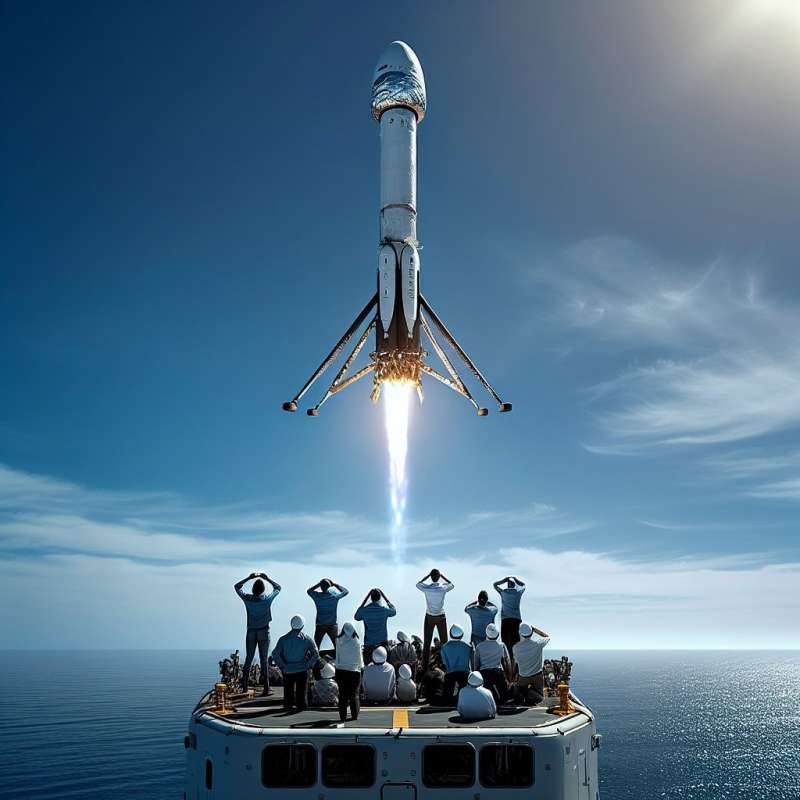
Rocket Propulsion Basics
Rockets move through Newton's third law: for every action, there's an equal and opposite reaction. Rocket engines expel exhaust gases out one end, propelling the rocket forward, a principle first recorded by Hero of Alexandria.
Rocket Fuel Types
Rockets can use solid or liquid fuel. Solid fuels are simpler but less controllable. Liquid fuels offer precision but need complex engines. The Space Shuttle used both: solid boosters for lift-off, liquid hydrogen and oxygen for the main engines.
Staging: Going Higher
Multi-stage rockets shed weight during ascent. Each stage has its own engines and fuel. When spent, a stage is jettisoned, allowing the remaining stages to accelerate more efficiently. This was crucial for the Apollo moon missions.
Guidance Systems
Rockets need sophisticated guidance systems to reach their destination. These systems include gyroscopes and accelerometers, which help maintain stability and direction. Ground-based tracking and onboard computers adjust the rocket's path as needed.
Reusability Revolution
SpaceX's Falcon 9 rockets are groundbreaking for their reusability. They can land back on Earth after launch, significantly reducing costs. This is achieved through a complex series of engine burns and aerodynamic maneuvers.
Orbital Mechanics
Orbiting Earth isn't about height but speed; achieving horizontal velocity to 'fall' around the planet continuously. Satellites and space stations must reach speeds over 17,500 mph to maintain low Earth orbit.
Beyond Chemical Rockets
Future spacecraft may use ion drives, harnessing electric fields to accelerate ions for propulsion, or even nuclear thermal rockets, which could significantly shorten travel times to Mars and beyond compared to conventional chemical rockets.SpaceX's Secret Ingredient
SpaceX uses cold gas thrusters—essentially, pressurized nitrogen—to control its rockets' orientation in space, a simple yet crucial system derived from scuba diving technology.
What propels rockets forward?
Expelling exhaust gases backward
Air pressure differences
Wings like airplanes
Company